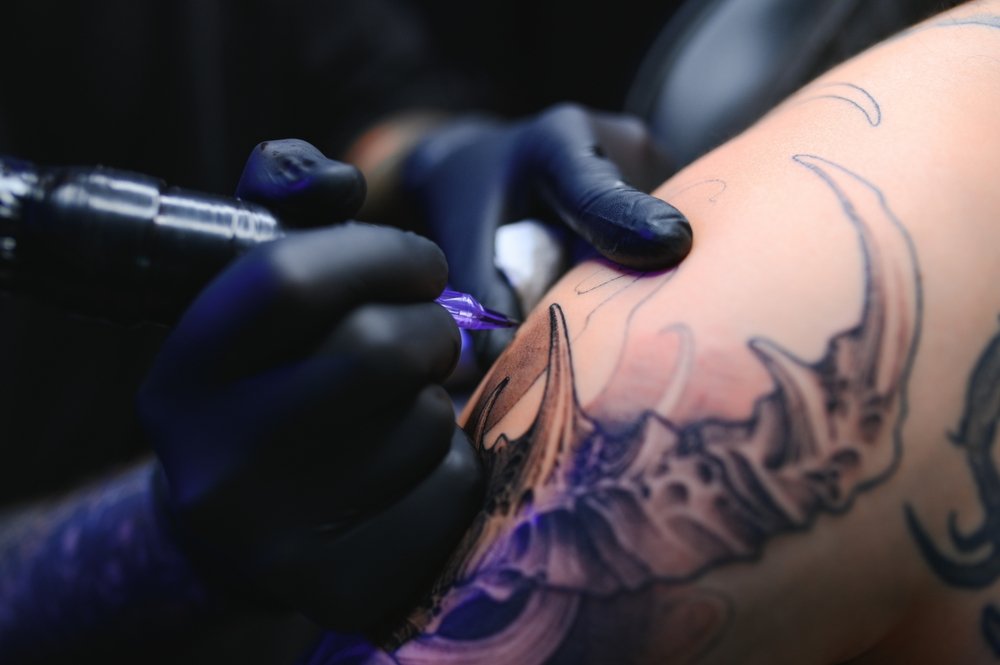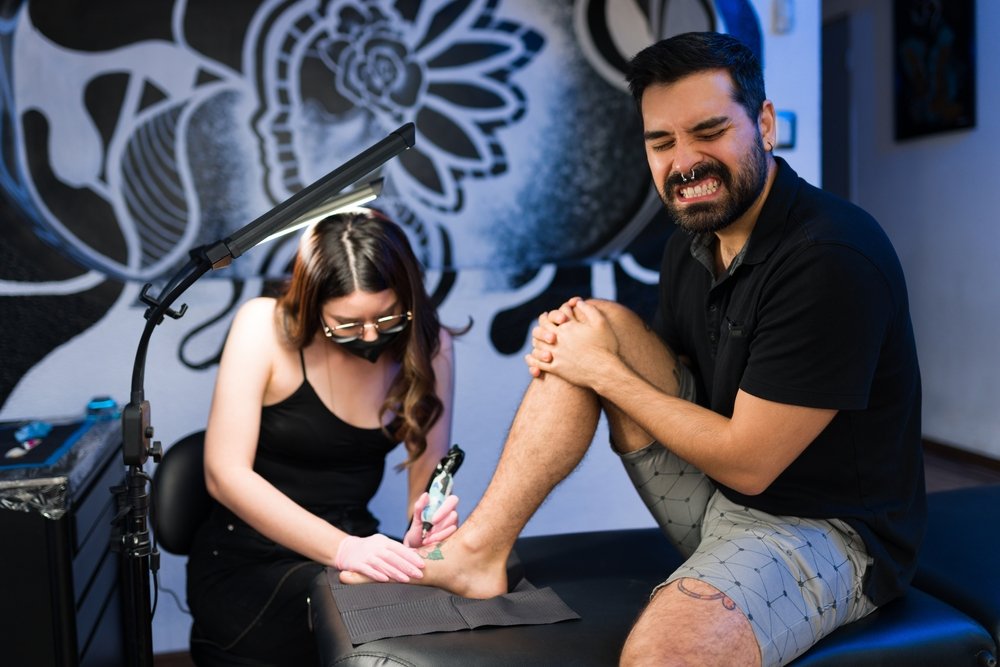Tattoos have become a popular form of self-expression, with millions of people choosing to get inked every year. While tattoos can be a beautiful way to display art or commemorate special moments, it’s essential to understand the safety aspects and potential risks involved.
Are Tattoos Safe?
Yes, tattoos are generally safe when performed by a professional tattoo artist in a licensed, reputable tattoo shop. Safety in tattooing largely depends on the hygiene practices of the artist, the cleanliness of the environment, and the quality of the materials used. However, like any procedure that involves breaking the skin, there are certain risks associated with getting a tattoo.
What Are the Risks of Getting a Tattoo?
While many people get tattoos without experiencing any problems, there are some risks you should be aware of:
- Infection
- Description: Infection is one of the most common risks associated with tattoos. If the tattooing equipment isn’t properly sterilized, or if aftercare instructions are not followed, bacteria can enter the skin, leading to an infection. Symptoms of an infection can include redness, swelling, pain, and pus.
- Prevention: Ensure that your tattoo artist uses sterile needles, wears gloves, and works in a clean environment. Follow the aftercare instructions provided by your artist to keep your tattoo clean and free from bacteria.
- Allergic Reactions
- Description: Some people may have an allergic reaction to the tattoo ink, especially to certain colors like red, yellow, or blue. Allergic reactions can cause itching, swelling, and rashes at the tattoo site.
- Prevention: If you have sensitive skin or a history of allergies, talk to your tattoo artist about doing a patch test with the ink before getting a full tattoo.
- Skin Irritations and Granulomas
- Description: Skin irritation or the formation of granulomas (small bumps) can occur around tattoo ink, particularly with certain pigments. Granulomas form as a reaction to a foreign substance in the body, such as tattoo ink.
- Prevention: Discuss your skin type and any previous skin reactions with your tattoo artist before getting inked. Choosing a reputable artist who uses high-quality ink can reduce the risk.
- Keloids and Scarring
- Description: Some people are prone to developing keloids, which are raised areas of scar tissue that can form at the site of a tattoo. Scarring can also occur if the tattoo does not heal properly.
- Prevention: If you have a history of keloids or problematic scarring, consult with a dermatologist before getting a tattoo. Proper aftercare can also minimize the risk of scarring.
- Bloodborne Diseases
- Description: If the tattoo equipment is not properly sterilized, there is a risk of contracting bloodborne diseases such as Hepatitis B, Hepatitis C, or HIV. These diseases can be transmitted through contaminated needles or ink.
- Prevention: Always choose a licensed tattoo artist who adheres to strict sterilization protocols. The use of single-use needles and ink pots greatly reduces this risk.
- MRI Complications
- Description: In rare cases, tattoos can cause complications during magnetic resonance imaging (MRI) scans. Some people have reported swelling or burning sensations in the tattooed area during the scan.
- Prevention: Inform your doctor and radiologist if you have a tattoo before undergoing an MRI. Most modern tattoo inks are safe, but it’s important to be aware of the possibility of complications.
- Toxicity and Long-term Risks
- Description: There are concerns about the long-term safety of tattoo inks, especially those containing heavy metals like lead, mercury, and arsenic. Over time, these substances could potentially cause harm, although research is ongoing.
- Prevention: Ask your tattoo artist about the ingredients in their inks and opt for those that are free from harmful chemicals. Some artists offer organic or vegan inks, which are considered safer alternatives.
How to Minimize Tattoo Risks
While the risks associated with tattoos are real, they can be minimized by taking the following steps:
- Choose a Reputable Tattoo Artist: Ensure that your tattoo artist is licensed, experienced, and follows strict hygiene protocols.
- Check the Tattoo Shop’s Hygiene Standards: The shop should be clean, and the artist should use new, sterilized needles for each client.
- Follow Aftercare Instructions: Proper aftercare is crucial to prevent infections and promote healing. Keep the tattoo clean, avoid scratching, and follow any instructions provided by your tattoo artist.
- Consider Your Health: If you have any pre-existing health conditions, especially those related to the skin, consult with a healthcare professional before getting a tattoo.
Conclusion
Tattoos are generally safe when done by a professional in a clean, reputable environment. However, like any procedure that breaks the skin, there are risks involved, including infection, allergic reactions, and potential complications during an MRI. By choosing a skilled tattoo artist, following proper aftercare, and being aware of potential risks, you can enjoy your tattoo with greater peace of mind. Always prioritize your health and safety when deciding to get a tattoo.




